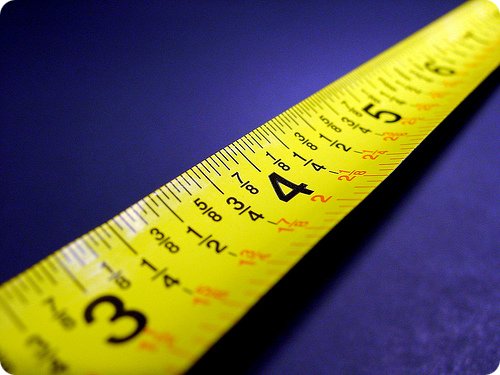This post is inspired by MeasurementCamp, a great event in London where new media peeps discuss solutions for real case studies.
Measuring Event ROI
As always, two recommendations:
- Don’t be impulsive. You could cause harm to your business. Try to understand new media and communities first, then implement.
- Choose well what you implement and don’t follow the buzz. Make sure your chosen medium is relevant to your target.
Let’s give it a go:
10. What’s your objective?
Boring, we know. But relevant, especially to your client. If you don’t set clear objectives, what are you gonna measure the event against?
- Awareness?
- PR Echo?
- Attendance?
- Satisfaction levels?
- Community reactions?
9. When are you gonna measure reactions?
In line with the above, it is good practice to divide your Social Media measurement plan in 3 stages:
- Pre-event. This usually collides with event promotion and it is easy to measure as it is reflected by attendance turnout.
- In-event. In this stage you should focus on feedback about the event. Remember that technology allows to collect feedback live and you should take advantage of that.
- Post-event: Usually satisfaction and PR, as well as community reactions are what you should be looking at.
8. Powerful tags
Tags are becoming the best way to categorize whatever activity online. Attendees now understand what a tag is and organize their online communication using them. Powerful tags have a catchy message within it and are not too long.
#Eventname could be not easy to share and not particularly engaging. Try to elaborate on your event name and link it to a powerful message. See #KissTheCup for the Fifa World Cup Trophy Final (sorry, page no longer exists).
7. Unified tags
If you worked out a powerful tag that is easy to share and has “embedded” promotion, there is no reason why you should think about another one. Make sure you use the same tag on different platforms as fragmentation makes measurement quite tough.
6. Tell people about your tag
Now that you have such a beautiful, effective and catchy tag, you should tell your guests about it. And you should do it vigorously. Every little tweet, blog post, picture or video about your event counts. If you don’t make that clear with your audience upfront, you may be missing out on repeated business.
5. Give online spaces to monitor conversations
If you are chasing blog posts all over the place or if you are trying to understand whether that twitter user was talking about your event, it may be the case for you to set up an ad-hoc community. Most of the services out there aggregate conversations using tags but they also fetch online profiles given at registration for relevant content, so…
4. Ask your attendees for their online profiles
We’ve seen great implementations of registration services that do this automatically. You can achieve the same results with a bit of more effort, that includes designing powerful registration forms. And also remember that once you have collected such precious data about your guests, you need to…
3. Invite them to the groups you created on different platforms
Social Networks are very powerful for promotion. Most of the events now use services such as Linkedin, Facebook, Xing, twitter, Upcoming, Eventful, Upcoming and Meetup to promote the event. When your guests sign up, make sure you let them know about the groups you decided to set up. By doing that you’ll be able to attract peers and measure influence of attendees.
2. Understand what to report
Track the relevance of conversations happening in the online world. How many comments did a blog post about the event got, how many retweets had a particular update. Allocate weight to different aspects and match the relevance with your objectives. Only then organize results in a report.
1. Be Proactive
Approaching measurement in a passive way, could lead you to quantitative results which may not contribute towards achieving set objectives. The most substantial revolution of Social Media is the ability to interact with your guests. Don’t be afraid to jump into conversations and ask clarifications.
Try to understand why a blogger loved or hated your event, comment on the post. Engage with the twitter user who was enthusiastic about the event. By doing so you will surely amplify the positive result, but will also display that you care if something went wrong.
Now time to share. Tell your friends and colleagues if this article added a tiny bit of value.





